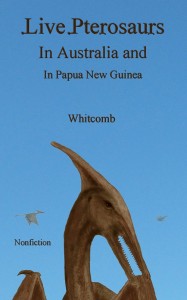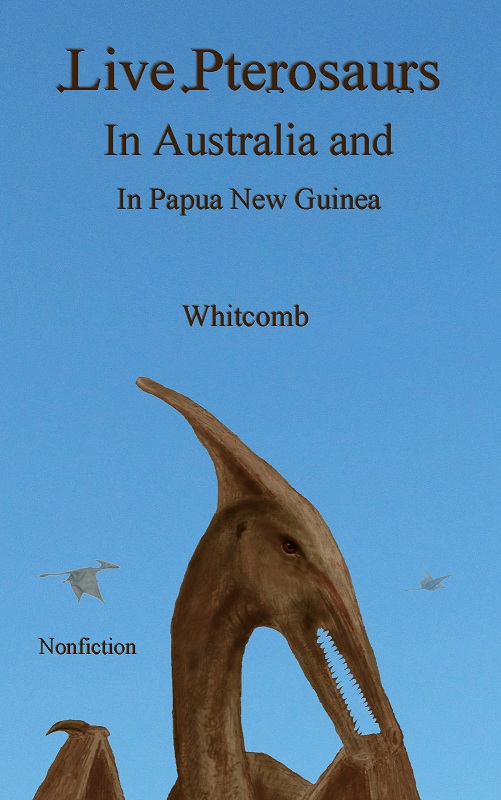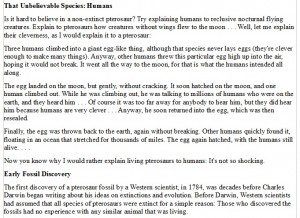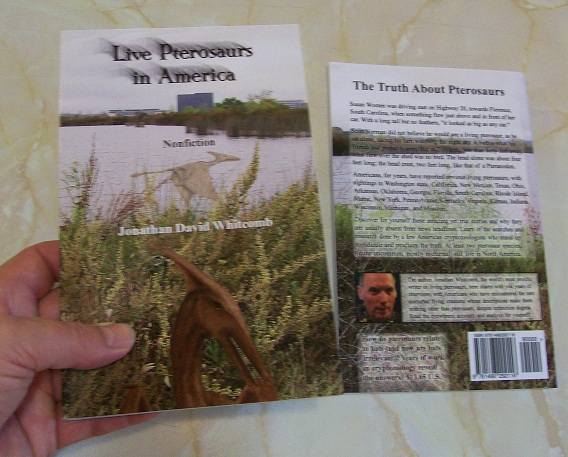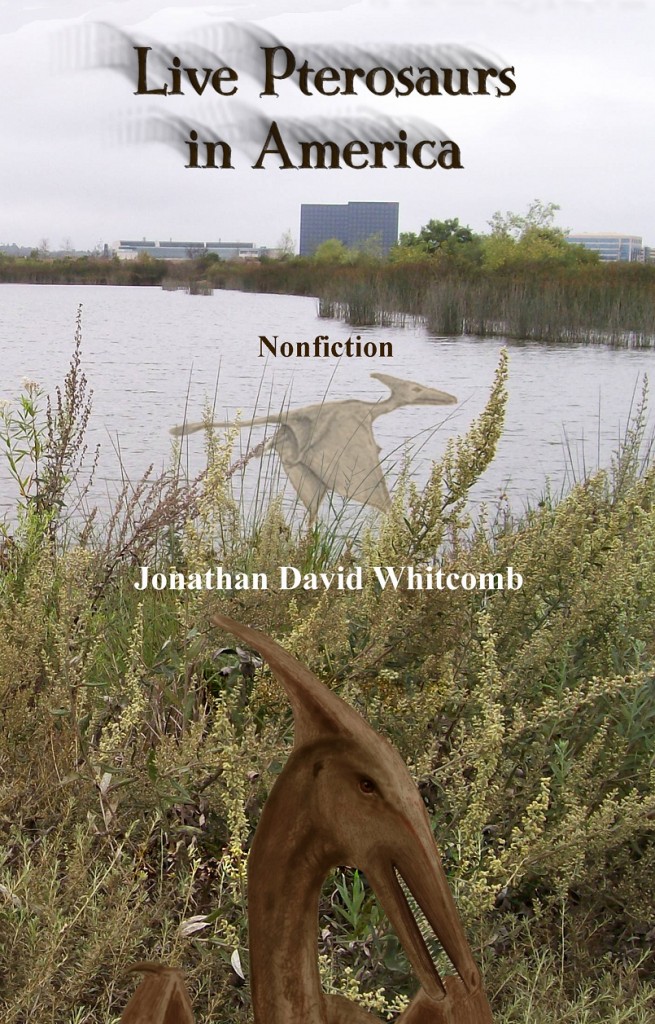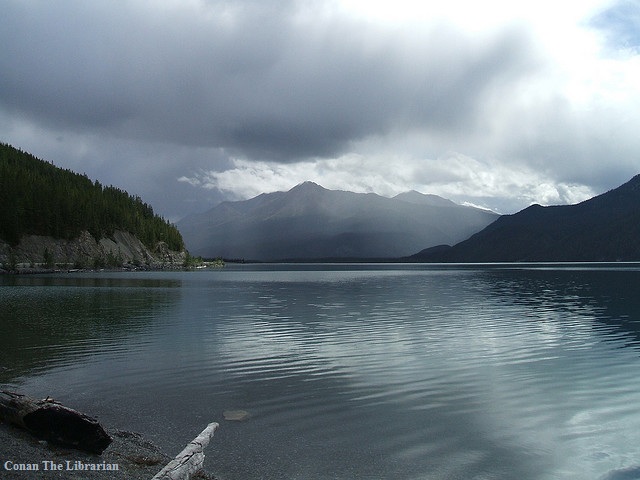Of the many nonfiction cryptozoology books written by Michael Newton, one stands out: Encyclopedia of Cryptozoology—A Global Guide to Hidden Animals and Their Pursuers. Of the many hundreds of cryptids mentioned, two jump out for us: ropen and kongamato.
.
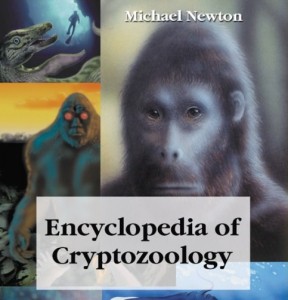
Encyclopedia of Cryptozoology by Newton
We would not expect a large reference book on cryptozoology to contain information about two expeditions late in 2004, when the book was published early in January, 2005. That is not the case here; in fact, so much has been learned about the bioluminescent flying creatures of Papua New Guinea, in more recent years, that much of Newton’s book is outdated in its entry “ropen.” For now, let’s look at what this encyclopedia says about the kongamato.
Flying Cryptid in Africa: Kongamato
The Encyclopedia of Cryptozoology has a major entry for the kongamato of Africa. It mentions Frank Melland, whose memoirs (published in 1923) include reports of a flying creature in what was then Northern Rhodesia.
. . . ‘a lizard with membranous wings like a bat.’ . . . Kongamato’s ‘wing-spread was from four to seven feet across . . . the general color was red. It was believed to have no feathers but only skin . . . [and] to have teeth in its beak . . .’
When Melland displayed a drawing of a pterosaur, ‘every native present immediately and unhesitatingly picked it out and identified it as a kongamato.’
Newton’s book also mentions G. Ward Price, who interviewed an eyewitness of a kongamato in 1925. The native had been attacked by one of the creatures and when shown a picture of a pterosaur, “screamed in fright.” It seems the kongamato at least resembles a pterosaur, if it’s not actually a modern species of that flying creature.
###
.
Michael Newton’s Encyclopedia of Cryptozoology
[Answering some statements in Newton’s book] Some species of animals continue to grow as they mature, differing from common species of birds which have a particular maximum size; it seems that the ropen is one of those that keeps growing with age. Regarding the “Duah,” there is probably no such name, in Papua New Guinea, for any flying animal; the proper name is “duwas.”
Cryptozoology Book on Live Pterosaurs [not the book mentioned above]
“He has focused on the accounts of witnesses who saw something, and that adds credibility. The writing is easy to read and he adds comments and analysis to make it all more useful. Mostly, the author lets the sightings speak for themselves, which is good. A worthwhile book.” [Amazon review of the first edition of Live Pterosaurs in America – It is now in its third edition]
I live in Lamero, Kentucky. Its a small, rural area located along the Daniel Boone National Forest. . . . a lot of caves . . . seriously like swiss cheese . . . [In July of 2012] It was just a little after sunset . . . we were outside, sitting on his deck . . . I was looking northward when Brandon, my friend, shouted . . . Approaching us from the east . . . were two very large animals. . . . They appeared to be a brownish color and had every characteristic of a pterodactyl, from head to tail. I’d say they were roughly 15+ feet long and were flying at least 40 mph . . . [pterosaur sighting reported to Jonathan Whitcomb]
Pterosaur Sightings – not Extinct
He was interviewed by Jonathan Whitcomb, who found the man’s testimony credible, even though the sighting was extraordinary: The length of the pterosaur-like flying creature, from end of tail to beak, was about the width of Campus Drive, about thirty feet . . .
###
.
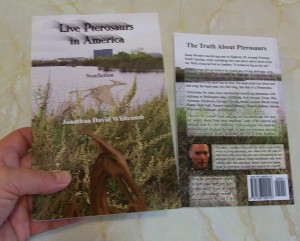
Cryptozoology book: Live Pterosaurs in America (3rd edition) by Whitcomb
From the Title Page of Live Pterosaurs in America (third edition):
How are sightings in the United States related to those in the southwest Pacific? How do some apparent nocturnal pterosaurs pertain to bats, and how are bats irrelevant? How could modern living pterosaurs have escaped scientific notice? These mysteries have slept in the dark, beyond the knowledge of almost all Americans, even beyond our wildest dreams (although the reality of some pterosaurs is a living nightmare to some bats). These mysteries have slept . . . until now.
.




